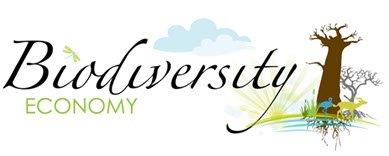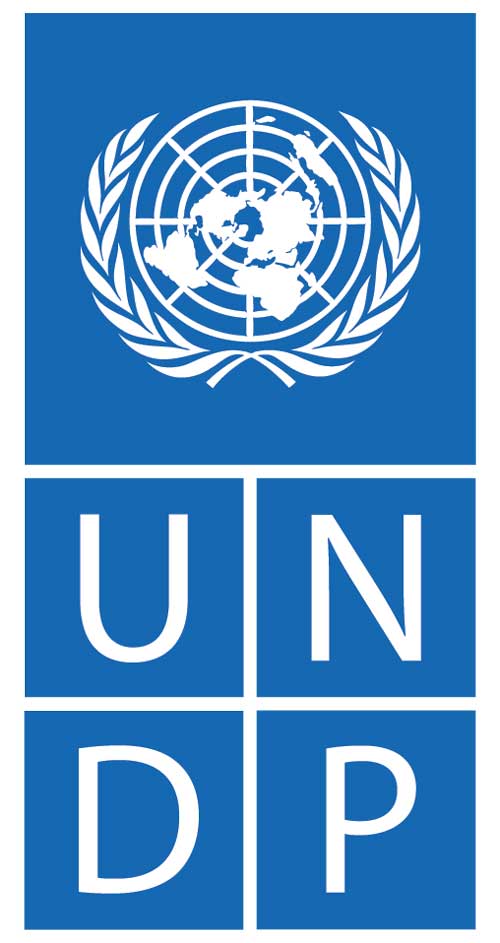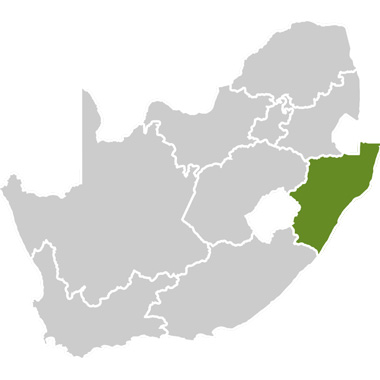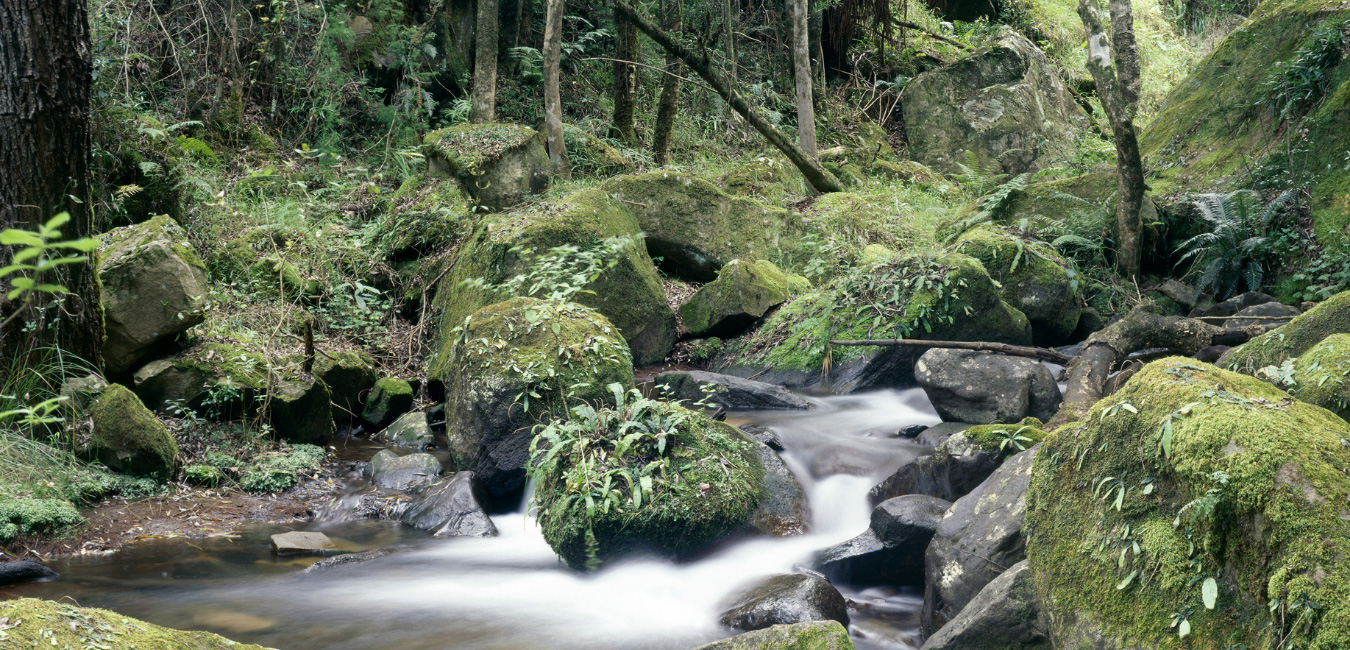UMGANO PROJECT
Areas of Operation
Biodiversity Stewardship
Bioprospecting
The Mabandla community lives in a part of southwestern KwaZulu-Natal made famous by author Alan Paton, which is characterised by rolling grasslands and indigenous forests.
As part of the Maputaland–Pondoland–Albany Hotspot, the area was identified as a Key Biodiversity Area and prioritised for community-based biodiversity stewardship. The grasslands include the Endangered Drakensberg Foothill Moist Grassland and Vulnerable Southern KwaZulu-Natal Moist Grassland and Drakensberg Cycad Veld vegetation types. The evergreen Mistbelt Yellowwood forests are equally threatened.
The additional lands are being used by the community, under the leadership of its traditional leader, iNkosi Baleni, for a sustainable land-use development project, known as the Umgano Project. The community itself operates the project, advised by official organisations such as Ezemvelo KZN Wildlife and its own consultants. It aims to benefit community members through the implementation of a range of sustainable land-use business practices. Biodiversity conservation is also an important part of this initiative.
The area in which this project is being implemented is not used for residential purposes but rather solely to benefit and earn wealth for the community, including conservation of its natural capital. The principal revenue-earning land use is commercial afforestation. The timber plantation, established over 15 years ago, presently earns a gross income of R10–R12 million per annum, and employs nearly 100 community members. This is the principal source of income for the project, which in addition to benefiting the community, provides the funding for the maintenance of biodiversity and some seed funding for other income-generating activities.
At the start of the Umgano Project, the Mabandla community was not familiar with the concept of biodiversity conservation in the modern technical sense, although they have a good appreciation of the natural environment. The technical terminology was not available in the vocabularies of rural communities such as the Mabandla people. After some time, however, it became apparent that the community leadership had a keen ethic for responsible stewardship of the natural environment.
The project has resulted in the following achievements:
- Through the Umgano Project, the community formally adopted the ethic of responsible stewardship through the concepts of biodiversity and sustainable development.
- The establishment of the reserve will help to achieve the dual goals of conservation and community upliftment.
- The Biodiversity Stewardship Programme of Ezemvelo KZN Wildlife views the Umgano Project as a flagship for community-based biodiversity stewardship.
- The project received the Community Conservation award at the Ezemvelo KZN Wildlife Biodiversity Stewardship Excellence Awards in 2011.
- The project reveals how biodiversity stewardship can be used in combination with sustainable development practices to meet both community upliftment and conservation goals.
Declaration of the 1 400 hectares Umgano Nature Reserve is imminent. This area will contribute to the provincial conservation targets for several threatened ecosystem types and provide a haven for threatened biodiversity. It will hopefully also bring recognition by official agencies and the international community to the remarkable biodiversity conservation achievements made by the Mabandla community.
Article source:
https://www.cepf.net/sites/default/files/02-2015_10_02-biodiversity-stewardship-casestudy5-umgano.pdf
Gallery Not Available





